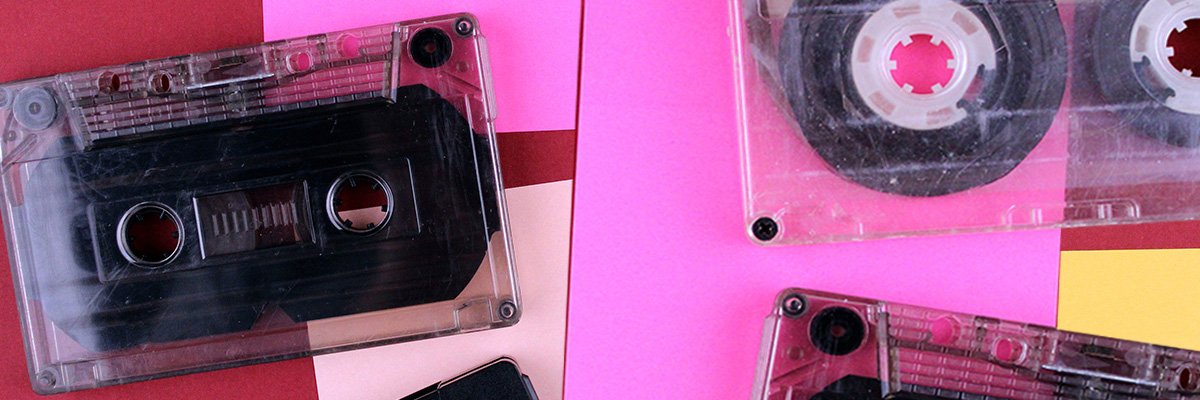PCB Board in Flexible Antennas
PCBs are electronic components that combine circuits, chips, and other elements into a single package. They are used to connect a variety of devices to each other, including wireless communication devices like smartphones and tablets. Printed circuit boards are made from insulating substrates, which are copper-plated to allow electrical connections. Various coatings and materials are added to protect the circuit board from contamination and improve performance. Printed circuit boards are assembled using soldered components and other assembly techniques.
In the past, these were done manually, but now advanced ICs and high-density interconnect (HDI) designs require more complex, automated assemblies. The fabrication process starts with a design. Engineers use CAD software to draft the layout, balancing aesthetic design and functionality. They may also utilize simulation tools to test the performance of their design. For the best results, they should collaborate with RF engineers to ensure that every curve, line, and angle is designed for optimal function.
Once the design is ready for production, the next step is to send it to a pcb board manufacturer. The board can be either a rigid or flex PCB. Rigid pcbs are typically made from fiberglass and have layers of copper bonded together. The most common designation is FR4. It’s important to note that cheaper PCBs are usually made from phenolic or epoxy resins, which don’t offer the same durability and conductivity as FR4.

The Role of PCB Board in Flexible Antennas
A rigid pcb can be either single-sided, double-sided, or multi-layer. It can also have a solder mask or etching layer, which protects the circuit from chemicals during the manufacturing process. A flex pcb has a laminated structure with flex layers in between the rigid layers. The flex layers can be single-sided, double-sided, or quad-sided, depending on the complexity of the board.
The most important factor when designing a pcb antenna is to consider the frequency range and bandwidth of the device. This will determine the size and efficiency of the antenna. In addition, designers should consider the thickness of the traces. Thicker traces provide better impedance matching and a more stable signal.
Lastly, the design should be flexible enough to withstand bending and stress without breaking the conductive copper. This can be accomplished by spacing the traces evenly and avoiding sharp bends or discontinuities in the layout. It’s also helpful to stagger the traces to avoid I-beaming and other failure modes.
Once the design passes the final DRC, it’s time to get the board built. This can be done through a combination of copper plating and coverlay applications. A coverlay is a thin layer of copper that covers the pads and traces on the board to protect them from damage during the fabrication and soldering process. Stiffeners can also be added to a flex PCB to support the different areas of the design during processing. The stiffeners can be applied by hand or with a machine.


